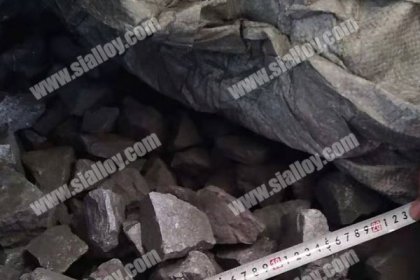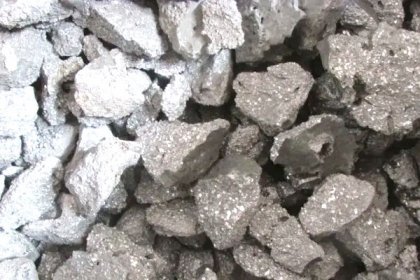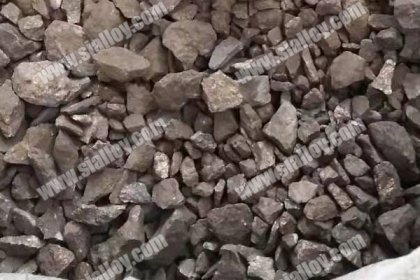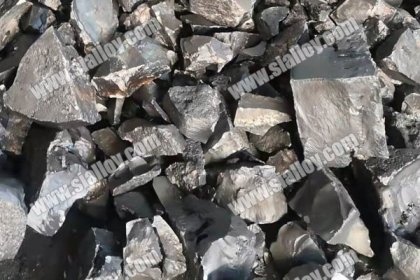Slagging and Dephosphorization of Steel
The purpose of steelmaking and slagging is to reduce the oxygen content of molten steel and desulfurize, and remove phosphorus in molten steel.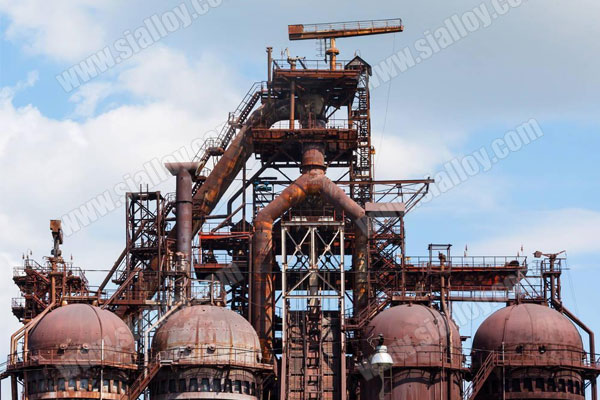
In addition to controlling the ΣFeO content, increasing the quantity of slag can also effectively increase the amount of dephosphorization in the smelting process. However, the excessive amount of slag not only increases the consumption of slag-making materials and the loss of iron, but also brings many inconveniences such as splashing and easy adhesion to the smelting operation. Therefore, the basic principle of slag volume control in the production process is to use the minimum slag volume operation under the conditions to ensure the completion of dephosphorization and desulfurization. When making steel in oxygen top-blown converter, the suitable amount of slag is generally 10% -12% of the amount of molten steel. Double slag process can be used if necessary; the amount of slag in the oxidation period of electric furnace should generally be 3% of the amount of molten steel -5%, if necessary, adopt the method of automatic flow from the furnace mouth to change of the slag.
For dephosphorization and dephosphorization, the two-phase interface reaction, the diffusion of the substance is its limiting link, so it is very important to ensure that the slag has good fluidity. The main factors affecting the fluidity of slag are temperature and composition. However, the dephosphorization reaction is an exothermic reaction, and the temperature is not expected to be too high. Therefore, FeO and CaF2 in the slag should be appropriately increased during production to dilute the slag content, so that the alkaline oxidation slag also has Good fluidity to meet the needs of dephosphorization.
 中文
中文
